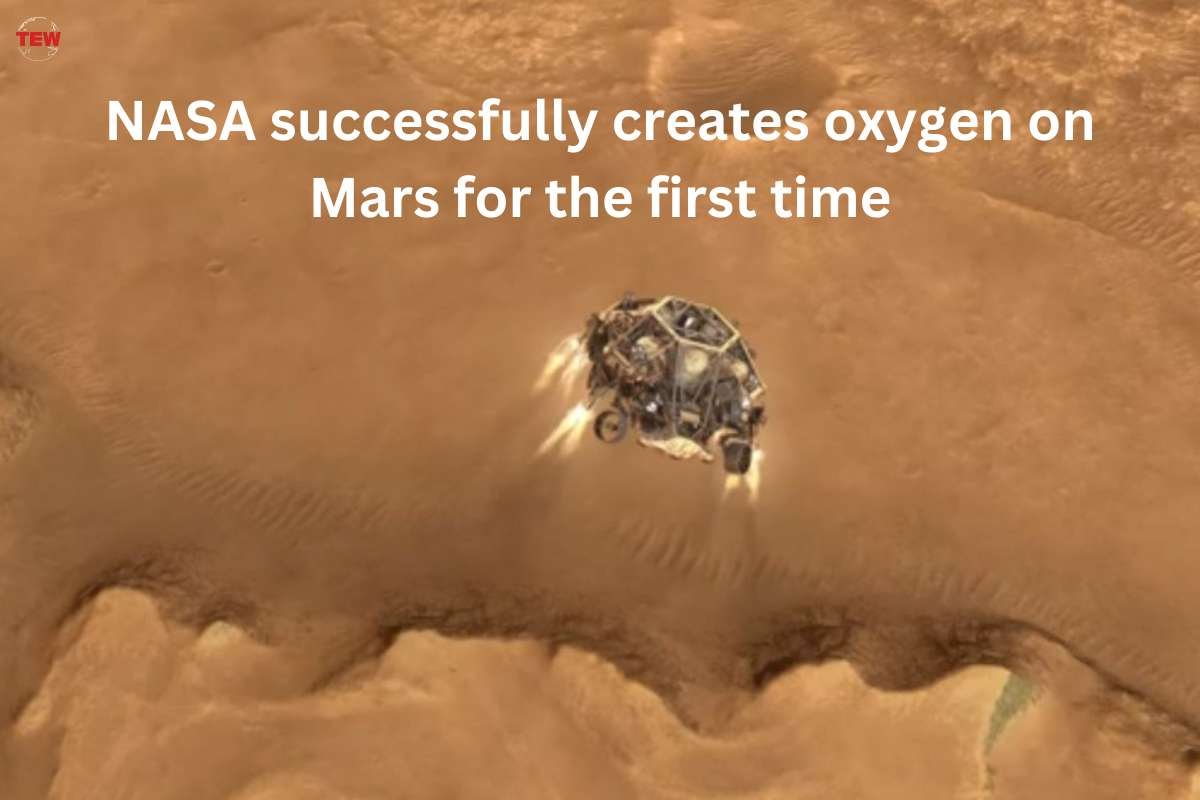NASA has inched closer to its goal of sending astronauts to Mars, thanks to a successful outcome in the Perseverance Rover Experiment. This significant achievement marked the first-ever production of oxygen on Mars.
The venture, initiated in 2021, represented a groundbreaking effort as the initial active experiment aimed at generating oxygen on an extraterrestrial planet. The key component in this endeavor is a device about the size of a microwave, affixed to the rover, aptly named “MOXIE” or the Mars Oxygen ISRU Experiment. MOXIE’s operation involves the conversion of carbon dioxide, abundantly available on Mars, into oxygen.
Since the landing of the Perseverance rover, MOXIE has managed to produce a remarkable 122 grams of oxygen. While this success is noteworthy, it’s important to note that there is still significant logistical work remaining before the prospect of human landings on Mars can be realized.
Despite this achievement, scientists from New York University Abu Dhabi have been diligently working on analyzing a map they constructed using data from the Hope probe before advancing further in their research.
NASA scientists produces oxygen on Mars with MOXIE
Breathing new life into the aspiration of colonizing another planet
The instrument, known as the Mars Oxygen In-Situ Resource Utilization Experiment (MOXIE), was transported to Mars when NASA‘s life-seeking probe landed on the planet in 2021.
These recent results have surpassed scientists’ expectations, breathing new life into the aspiration of colonizing another planet. Additionally, the experiment demonstrated that Mars could potentially serve as a source not only for life-sustaining oxygen but also for rocket fuel, potentially eliminating the need to transport both from Earth.
Utilizing images captured by the Hope probe, which has been orbiting Mars since 2021, experts crafted a detailed, colorful mosaic of the planet’s surface. Dimitra Atri, head of the Mars Research Group at the university, remarked, “It might sound far-fetched now, but perhaps in the future, traveling to Mars and even living there will become quite common.”
CHAPEA Mission
As the efforts to explore beyond Earth intensify, scientists are actively seeking ways to prepare for future journeys to Mars. In June, a simulation of a Mars habitat was launched, where scientists are living for a year to simulate conditions and challenges they might encounter on the red planet.
This simulation, known as CHAPEA (Crew Health and Performance Exploration Analogue) Mission 1, is part of NASA’s broader efforts to ready themselves for a potential crewed mission to Mars, anticipated to occur in the late 2030s. The four volunteers participating in CHAPEA Mission 1 are closely monitored for their health and performance during their 378-day stay in a replica Mars habitat, which includes private bedrooms, shared facilities, and various activities and experiments that mimic conditions on Mars.
The simulation includes communication delays of up to 20 minutes, reflecting the vast distance between Earth and Mars. Participants engage in tasks such as scientific research, habitat maintenance, crop cultivation, and simulated Marswalks on a terrain resembling the Martian surface. If any participant finds the conditions unbearable, they have the option to leave the facility, with a backup member ready to take their place.





